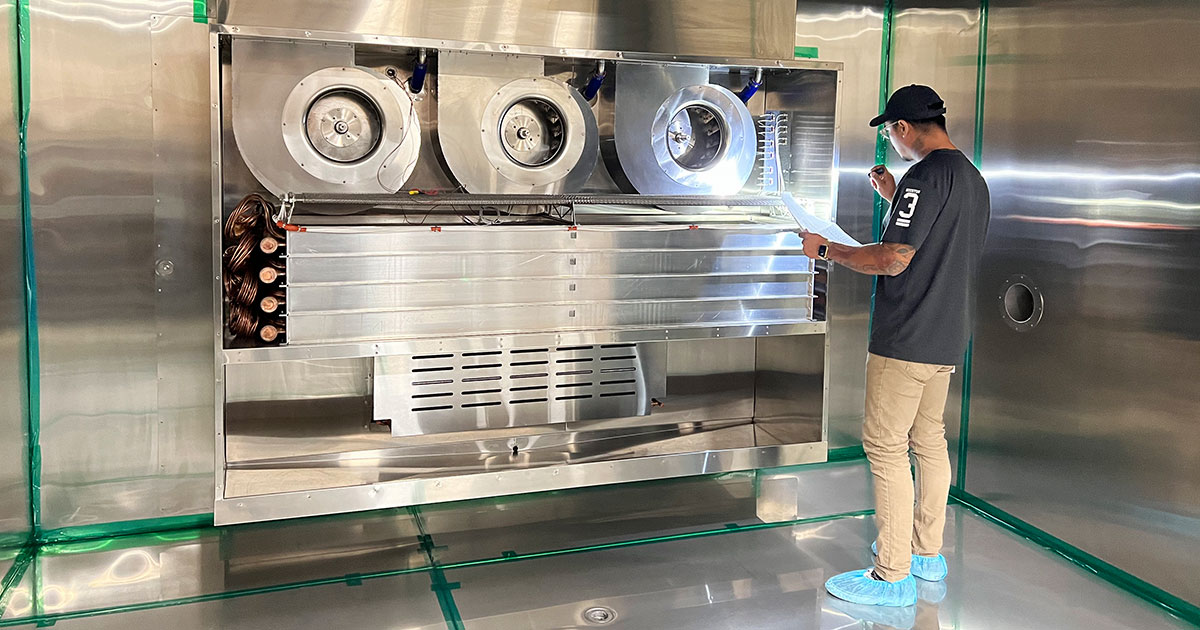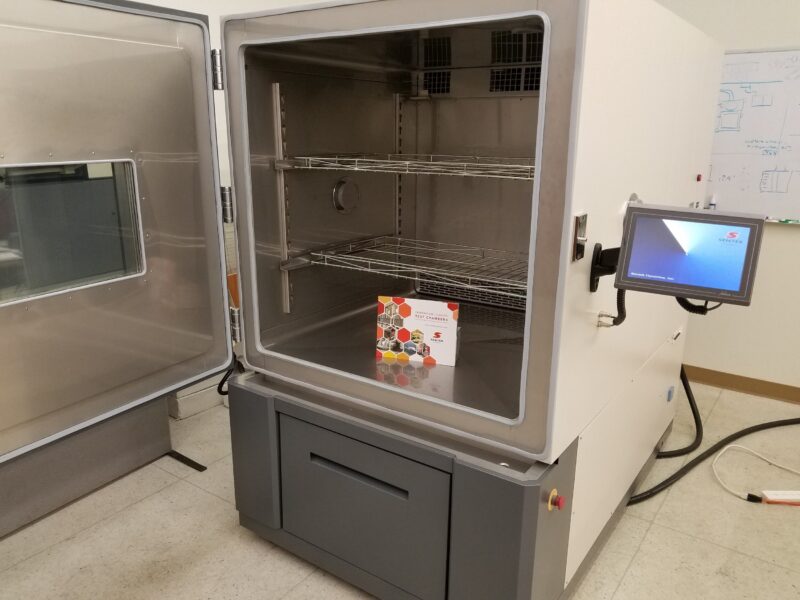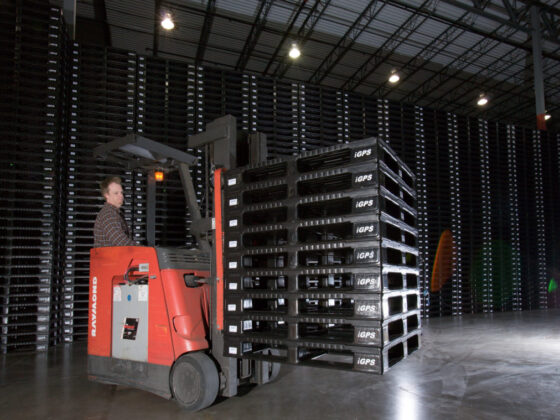Humidity chambers are a unique form of technology that can have an immense impact on the environment and our lives. They provide much-needed moisture to places where it can be hard to find, allowing us to create makeshift solutions for difficult problems.
By understanding and utilizing these chambers, we can make great strides in improving the quality of life around us. In this article, we will look at how humidity chambers work and their influence on our day-to-day living.
We’ll explore the positive effects they have had on air quality, human health, farming practices, and more – all while considering the potential risks associated with them.
Understanding the Impact of Humidity Chambers

Humidity chambers have the potential to revolutionize many aspects of the industry, from drug testing to food production. By creating a controlled environment with precise temperature and moisture levels, companies can ensure that their products are safe and effective for consumers.
Moreover, these chambers offer an ideal space for research into new materials or processes, allowing researchers to quickly identify the optimal conditions under which certain items may perform best. Finally, businesses can benefit from using humidity chambers by optimizing their production process and ensuring consistency throughout the entire operation.
In this way, making use of a humidity chamber offers myriad benefits across all industries that should not be overlooked.
The Benefits of Using a Humidity Chamber
The benefits of using a humidity chamber are numerous. In addition to creating ideal conditions for certain types of research and production processes, these chambers can also help reduce energy usage while maintaining the desired levels of temperature and moisture.
Additionally, utilizing humidity chambers can improve the safety of products by ensuring that they remain stable even under extreme environmental conditions. By controlling relative humidity accurately, companies can ensure that their items meet all relevant standards before being released onto the market.
Ultimately, using a humidity chamber is an effective way to optimize product performance while minimizing costs associated with weather-related damage or waste due to subpar quality control standards.
Exploring the Influence of Humidity on Products and Materials
Humidity chambers are an invaluable tool for research and commercial use, allowing users to explore the impact of moisture on materials and products. To understand the influence of humidity on items, it is important to examine how elements like temperature, air pressure, and atmospheric water vapor interact with one another.
By controlling these factors in a closed chamber environment users can observe the effects that changes in humidity have on their product or material. This allows them to identify any weaknesses or potential damage that could occur due to prolonged exposure to moist conditions.
Additionally, by understanding how humidity affects materials they can create better storage solutions for their products while reducing damage caused by environmental fluctuations outside of their control. Ultimately this leads to greater consumer satisfaction through increased reliability and durability of products even when temperatures rise or fall outside normal ranges.

Know The Impact of Humidity Chambers
Humidity chambers are a relatively new tool, but their impact on research and industry has been significant. By providing consistent levels of moisture in a controlled environment, humidity chambers have allowed scientists to study the effects of varying moisture levels on different materials.
Not only do they enable researchers to safely explore the boundaries between dry and wet conditions, but they also allow businesses to test their products for quality assurance.
The ability of humidity chambers to deliver precise moisture content is invaluable when it comes to understanding how our world works and ensuring that products meet customer expectations.


